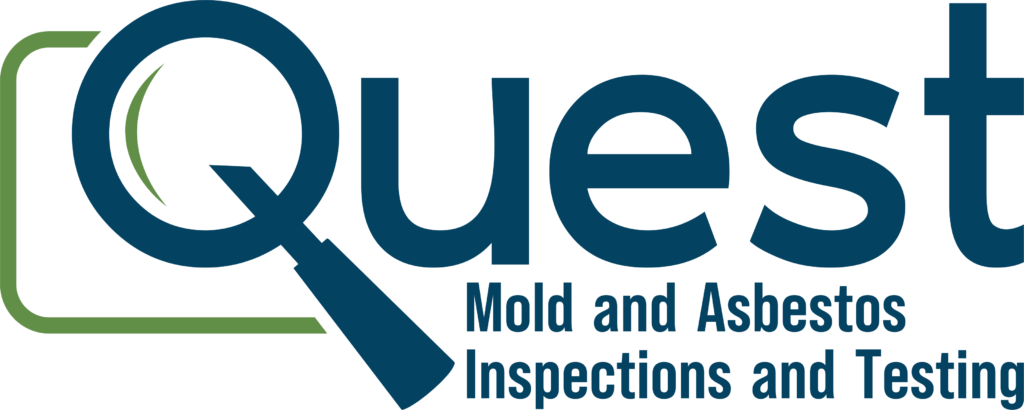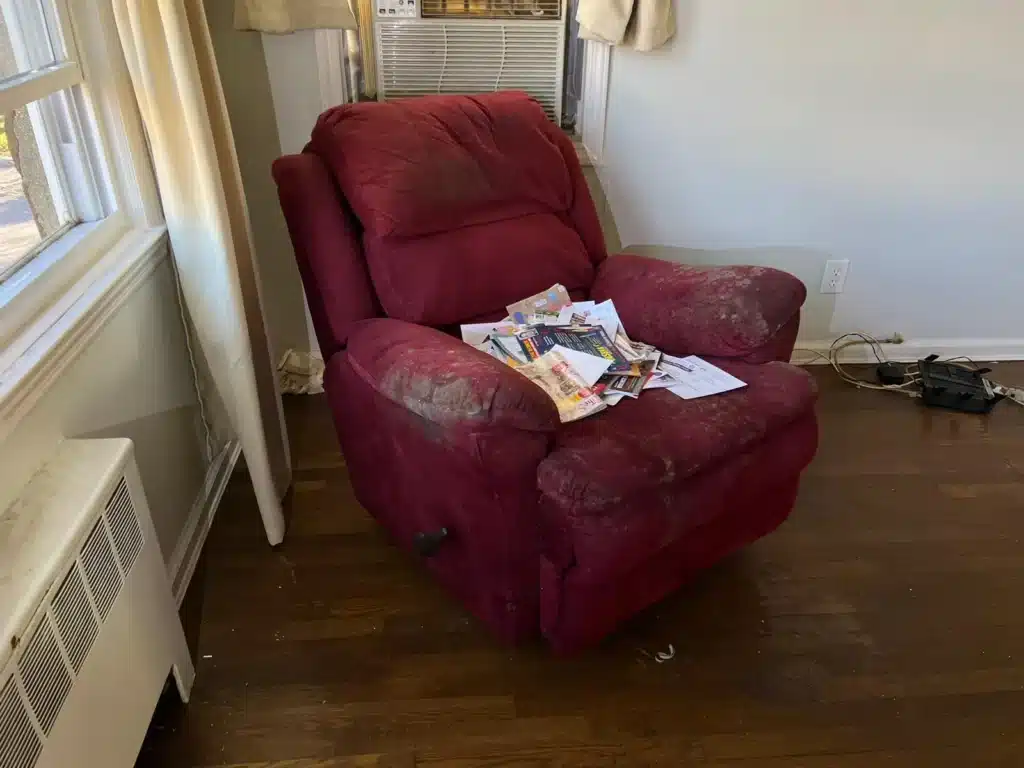Mold Blog/ By: Jayde Santiago Mold infestation at home may influence a wide range of physical and mental disorders. Mold is classified under a group of fungus that grows on damp surfaces and prefers the atmosphere of bathrooms, kitchens, and sometimes basements. It reproduces by releasing small spores into the air capable of causing health effects when inhaled.
Mold grows outdoors in damp environments and indoors, and its spores are present everywhere in the air we breathe. Some of the common mold types that are supposed to have been found in homes include the following:
- Penicillium – water-damaged building material is where this mold normally grows, on materials like insulation and carpet.
- Alternaria – usually found in wet spots, such as showers and sinks.
- Aspergillus – This mold is commonly found in house dust, but it also loves the high-moisture atmospheres of kitchens and bathrooms.
- Cladosporium – This type of mold grows well on wet surfaces, such as on wallpaper and carpets.
https://www.epa.gov/mold/can-mold-cause-health-problems
Conditions That Favor Mold Growth
Mold requires moisture to grow. With the availability of water due to flooding, leakage, or high humidity in air it becomes severe. Good ventilation circulates air and removes dampness from the atmosphere. Poor ventilation keeps moisture inside the house, and it favors mold growth.
By properly repairing leaks, keeping the humidity below 60%, and providing good ventilation one can prevent mold growth. Regular cleaning and maintenance help in bringing the mold spores down to the minimum.
Health Impacts Due to Mold Exposure
Health effects of mold exposure range from simple, irritating physical symptoms to serious mental health issues.
Physical Symptoms
Possible physical symptoms of mold exposure are:
- Headaches
- Allergies
- Respiratory problem-congested cough and wheezing; asthma
- Fatigue
- Irritation of the eyes
- Pain in the joints
Vulnerable persons-population with a presently compromised immune system or with long-term lung diseases-can contract mold-related infections.
Mental Health Effects
Less obviously, the psychological consequences of living in a mold-infested home are problematic. Science supports the fact that mold contributes to the development of:
- Anxiety and depression
- Insomnia as well as mood disorders
- Cognitive issues, which include inability to focus or remember.
Mold poisoning by mycotoxins may lead to CIRS or biotoxin illness among those genetically vulnerable.
Mold Remediation and Prevention Measures
Cleaning mold and preventing its growth is part of maintaining physical health and a general state of wellness. The following are effective mold remediation and prevention ways:
Steps to Follow in Mold Cleaning
- Personal Protection Equipment: The cleaning staff should wear gloves, goggles, and masks to prevent contact with mold during cleaning.
- Area Drying: Help to dry using fans and air conditioners in the affected areas.
- Surface Cleaning: All hard surfaces can be cleaned using a bleach solution that is not mixed with any other cleaner to prevent toxic fumes from being produced.
- Remove Affected Items: Objects like furniture and belongings must be cleaned or discarded if already affected by the mold.
Long-Term Control of Moisture
- Humidity Control: Make use of dehumidifiers and allow proper ventilation to keep indoor humidity at as low a level as possible.
- Preventative Maintenance of HVAC Systems: Inspect the HVAC systems for proper maintenance to find and fix problems that might cause moisture buildup.
- Mold-Resistant Materials: Wherever possible, mold-resistant drywall, paint, and insulation can be used to reduce the possibility of mold growth
Education and Awareness
They also need to educate the homeowner to look out for signs and symptoms of mold growth and to take necessary action without any delay when they suspect there is a mold growth problem. Indoor cleaning and maintenance can further help in the prevention of mold growth. Among natural remedies, charcoal and probiotics are some of the homeopathic suggestions for mold prevention, though scientific evidence to support these is less compared to other treatments.
In other words, mold remediation and prevention translate to effective and healthy living. Assuring moisture control and the use of materials resistant to mold go a long way in reducing the risk of mold and its related health impacts for homeowners.


